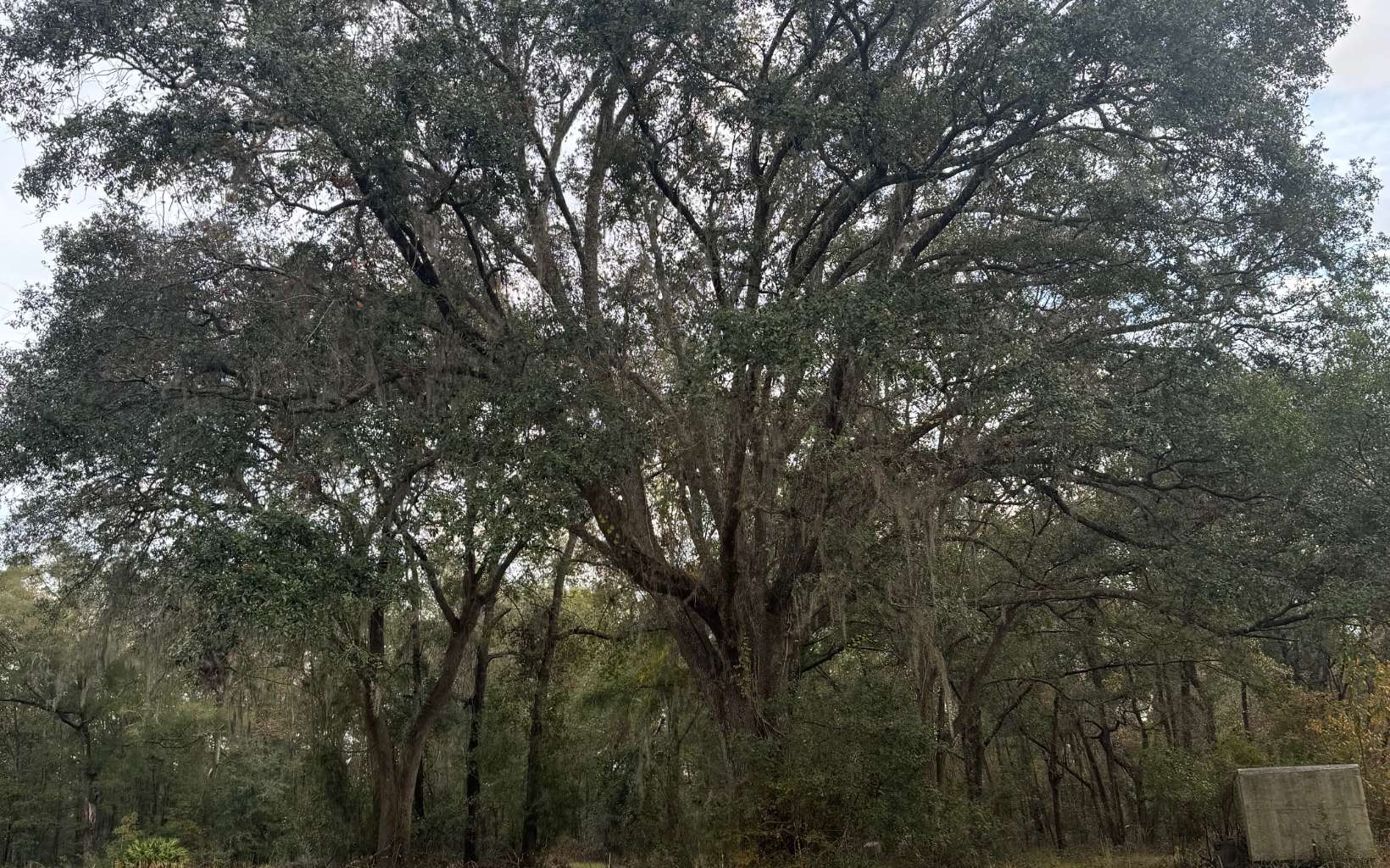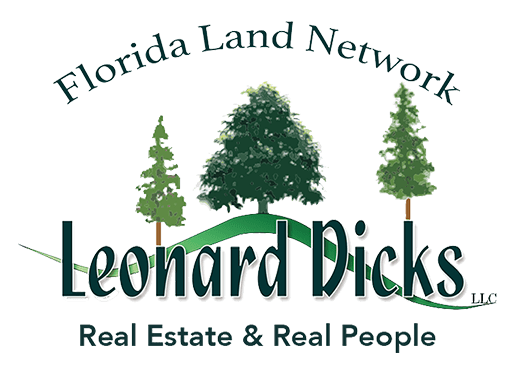
Living a homesteading lifestyle in North Florida offers the opportunity to embrace self-sufficiency, grow your food, and raise animals on your terms. The region’s mild climate, fertile soils, and open land make it a prime spot for this lifestyle, but finding the right property takes planning. Here’s everything you need to consider when looking for homesteading land in North Florida.
How to Find Land for Homesteading in North Florida
If you’re considering homesteading, you’ll want to prioritize land that supports sustainable living and aligns with your long-term goals. Here’s a complete guide on what to look for, including:
- Choosing the right location based on community, resources, and remoteness
- Assessing soil and water availability for a productive homestead
- Navigating zoning and land use regulations for agricultural activities
- Planning for utility access, off-grid solutions, and sustainability
- Budgeting for essential land improvements and setup costs
Here’s a closer look at each.
Choosing the Right Location Based on Community, Resources, and Remoteness
Finding the right location is crucial when buying land for homesteading. North Florida offers a variety of landscapes, from remote forested areas to parcels closer to towns with essential services. Counties like Suwannee, Madison, Columbia, and Lafayette are popular among homesteaders because of their lower land prices, rural zoning, and proximity to agricultural communities. Being part of a farming or homesteading community can make a significant difference, as neighbors with similar lifestyles can share resources, knowledge, and support.
Think about how remote you want your homestead to be. While seclusion provides privacy and peace, being too far from essential services can make supply runs more challenging, especially if you’re new to homesteading. Consider how often you’ll need to access essentials like grocery stores, feed stores, or equipment suppliers, and weigh that against your desire for privacy. A balance of seclusion and access to small towns like Live Oak or Lake City can help meet your needs for both community and autonomy.
Assessing Soil and Water Availability for a Productive Homestead
Soil quality and water access are vital for a successful homestead, as they directly impact crop growth, livestock health, and your ability to be self-sufficient. North Florida’s soils range from sandy to loamy, with areas of fertile soil well-suited for gardens, orchards, and pasture. Conducting a soil test is a good first step—this will tell you the soil’s pH, fertility, and drainage capabilities. You may need to amend the soil with organic matter or lime to improve its suitability for different crops.
Water access is equally important. While many rural properties in North Florida rely on wells, it’s essential to assess the groundwater availability and quality before purchasing. Well water should be tested for contaminants, and if the land doesn’t have a well, plan for the cost of drilling one, which can vary based on the depth required. Properties with additional water sources, such as ponds, streams, or seasonal creeks, can provide a natural backup for watering gardens or livestock, especially during dry seasons. You may also consider a rainwater harvesting system, which can store water for non-potable uses and provide supplemental irrigation during dry spells.
Navigating Zoning and Land Use Regulations for Agricultural Activities
Understanding zoning laws is crucial for homesteading, as these laws dictate what activities are allowed on your land. Most homesteaders seek properties with agricultural or rural zoning, as this designation typically permits a wide range of activities, including crop cultivation, livestock raising, and construction of small outbuildings. Zoning laws vary by county, so check with the county’s planning department or work with a REALTOR® who is familiar with local regulations to confirm the property’s zoning and permitted uses.
Some properties may have restrictions on the number and type of animals allowed, or there may be requirements for setbacks from property lines for certain structures. Additionally, if you’re planning to operate a small farm business, look for land with mixed zoning that may allow limited commercial activities. This is especially important if you plan to sell products like vegetables, eggs, or crafts directly from your homestead. Being clear on zoning regulations upfront will save you time and ensure you can legally use the property as you intend.
Planning for Utility Access, Off-Grid Solutions, and Sustainability
In rural North Florida, many properties lack direct access to utilities, making it necessary to plan for alternative solutions. If grid power is unavailable or cost-prohibitive to connect, solar energy is a popular choice due to North Florida’s sunny climate. Solar panels paired with battery storage can provide consistent power for essentials like lighting, water pumps, and small appliances. Some homesteaders also incorporate wind turbines as a secondary energy source to increase power reliability.
Water and waste management are also essential considerations. If a municipal water supply isn’t an option, you’ll need a well for potable water or a rainwater harvesting system as a supplemental source. Installing a septic system is typical for properties without sewage access, but composting toilets and graywater systems are sustainable alternatives that help conserve resources. Consider your waste management and recycling needs, as homesteading requires managing waste responsibly, especially if you’re raising animals or processing food products.
Off-grid solutions often come with higher upfront costs but provide long-term savings and greater independence. They also allow you to minimize your environmental impact, which aligns well with many homesteaders’ values. Plan for these costs when budgeting, and look for properties that support self-sufficient systems without requiring extensive modifications.
Budgeting for Essential Land Improvements and Setup Costs
Starting a homestead typically involves a range of land improvements to make the property functional and productive. Fencing is often necessary if you plan to raise livestock, as it provides security and keeps animals safe. Garden beds, orchards, and greenhouses may also need to be established if the property doesn’t already have them. If the land is heavily wooded or overgrown, clearing certain areas for fields, pastures, or building sites may be required.
In addition to improvements, you’ll want to consider the equipment you’ll need. Tools like tillers, tractors, and water tanks can make managing larger parcels much easier. Storage structures, such as barns, sheds, and cold storage, will be valuable for preserving produce, storing tools, and housing animals. When setting up a homestead, gradually investing in these improvements allows you to spread out costs over time, so your homesteading budget remains manageable.
Are You Buying a Home or Land for Sale in Lake City?
If you’re moving to Lake City, we can help you find the perfect place to live. Call us at 386-243-0124 to tell us what you want from your home and we will begin searching right away.
Check these out:
- Paved road frontage for sale in Columbia County
- Non-deed-restricted land for sale in Columbia County
- Wooded oak tree land for sale in Columbia County
- Land-for-land home combo in Lake City
- Waterfront residential in Lake City
- Waterfront land in Columbia County
- Bank-owned homes and foreclosure in Columbia County
- Short sales in Columbia County



